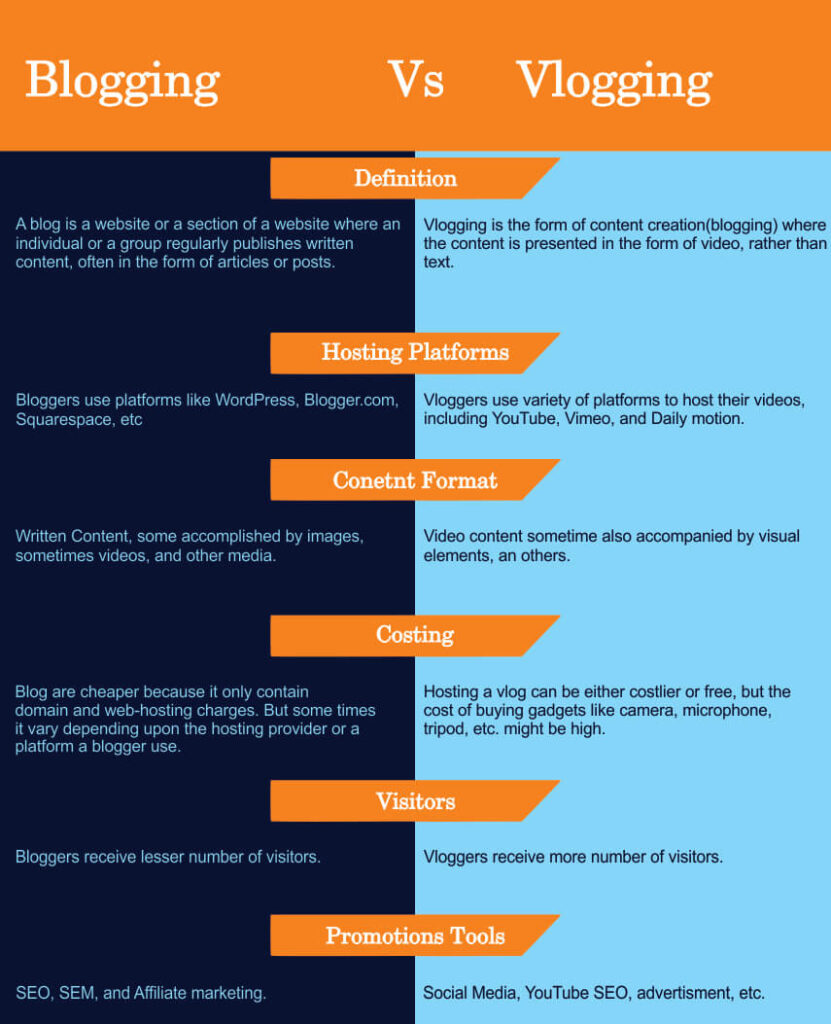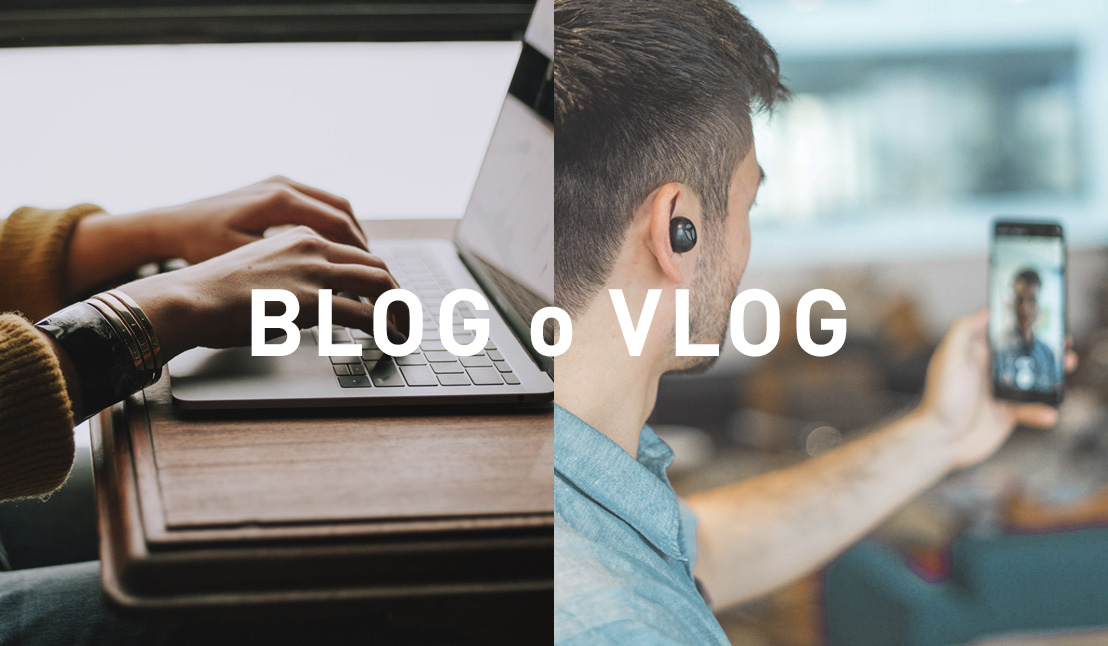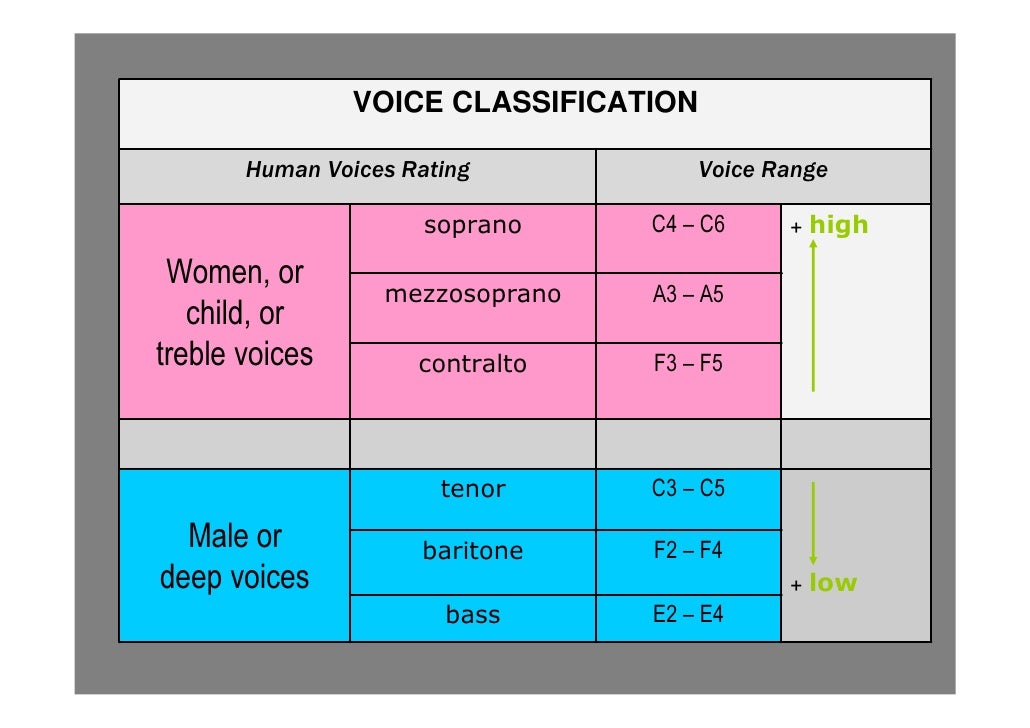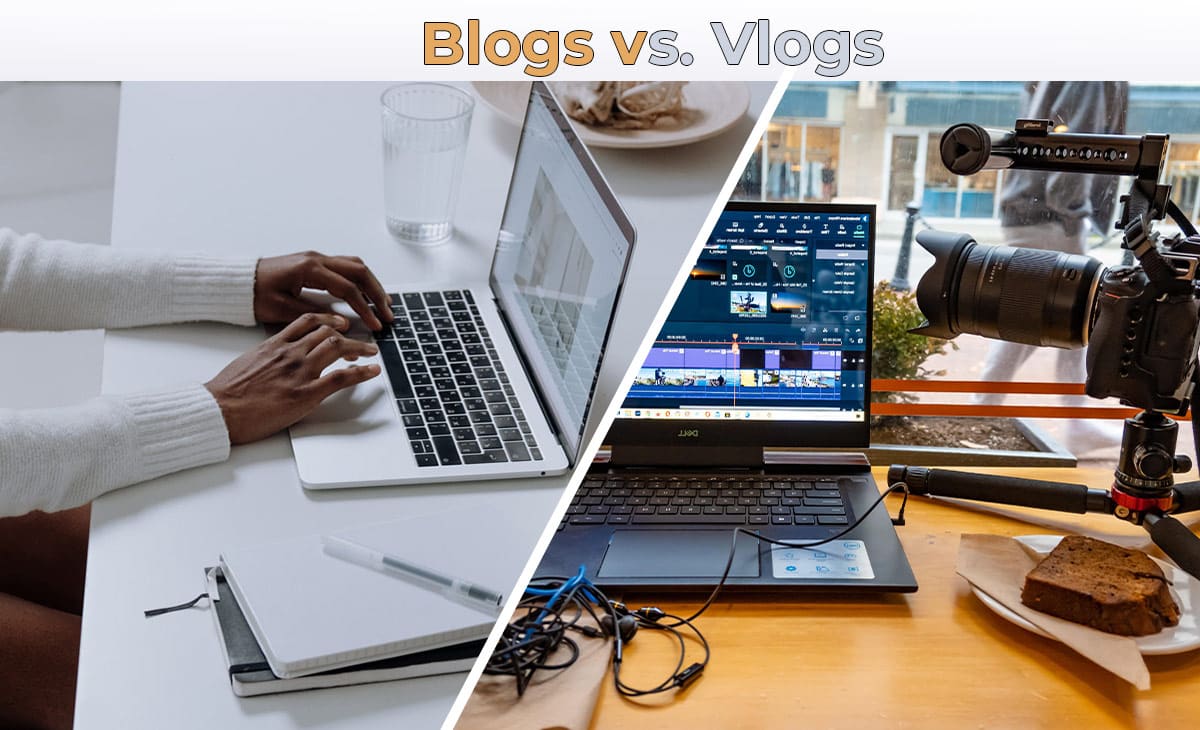Defining the Digital Landscape: Blogs and Vlogs Explained
The digital landscape has undergone a significant transformation in recent years, with the rise of blogging and vlogging as essential tools for online expression and communication. These two mediums have revolutionized the way individuals share their thoughts, ideas, and experiences with a global audience. But what’s the difference between blog and vlog, and how have they evolved over time?
Blogging, which originated in the late 1990s, has its roots in online journaling and diary-keeping. Initially, blogs were used by individuals to share their personal thoughts and experiences with a small group of friends and family. However, with the advent of social media and content management systems, blogging has evolved into a powerful platform for sharing information, expertise, and opinions with a wider audience.
Vlogging, on the other hand, has its roots in video blogging, which emerged in the early 2000s. Vlogging involves creating and sharing video content, often in the form of short clips or episodes, to convey information, showcase products, or provide entertainment. With the rise of YouTube and other video-sharing platforms, vlogging has become an increasingly popular medium for online expression and communication.
Today, both blogging and vlogging have become essential tools for individuals, businesses, and organizations looking to establish an online presence and connect with their target audience. Whether it’s sharing expertise, showcasing products, or providing entertainment, these two mediums offer a range of benefits and opportunities for those looking to make their mark in the digital landscape.
The Written Word: How Blogging Dominates the Online Space
Blogging has become a cornerstone of online communication, offering a powerful platform for individuals and organizations to share their ideas, expertise, and experiences with a global audience. One of the key benefits of blogging is its ability to convey complex ideas and information in a clear and concise manner. Through the use of written content, bloggers can provide in-depth analysis, share personal anecdotes, and offer expert insights on a wide range of topics.
Another significant advantage of blogging is its ability to showcase expertise and establish thought leadership in a particular industry or niche. By creating high-quality, informative content, bloggers can demonstrate their knowledge and expertise, building trust and credibility with their audience. This, in turn, can lead to increased visibility, recognition, and even business opportunities.
Blogging also provides a unique opportunity for building a community around a shared interest or passion. Through the use of comments, social media, and other engagement tools, bloggers can connect with their audience, foster discussions, and create a sense of belonging among like-minded individuals. This can lead to a loyal following, increased engagement, and even user-generated content.
Successful blogs, such as The Huffington Post, TechCrunch, and Moz, have demonstrated the power of blogging in shaping online conversations, influencing public opinion, and driving business results. These blogs have built massive followings, attracted high-profile contributors, and even spawned new business ventures and revenue streams.
Whether you’re an individual looking to establish yourself as a thought leader, a business seeking to build brand awareness, or an organization aiming to connect with your audience, blogging offers a versatile and effective platform for achieving your online goals.
The Rise of Visual Storytelling: Vlogging Takes Center Stage
Vlogging has emerged as a powerful medium for online expression and communication, offering a unique set of strengths that set it apart from blogging. One of the key advantages of vlogging is its ability to convey emotions and tell stories in a more immersive and engaging way. Through the use of video content, vloggers can create a sense of intimacy and connection with their audience, drawing them into their world and sharing their experiences in a more personal way.
Another significant benefit of vlogging is its ability to showcase products and services in a more dynamic and interactive way. By using video content, vloggers can demonstrate products, share tutorials, and provide a more immersive experience for their audience. This can be particularly effective for businesses and entrepreneurs looking to promote their products or services online.
Popular vloggers such as PewDiePie, Shane Dawson, and Jeffree Star have built massive followings and achieved significant success through their vlogging efforts. These vloggers have leveraged their unique personalities, styles, and perspectives to create engaging and entertaining content that resonates with their audiences.
One of the key strategies for success in vlogging is to focus on creating high-quality, engaging content that resonates with your audience. This can involve using good camera equipment, editing software, and sound design to create a polished and professional-looking video. It’s also important to be consistent and regular with your vlogging efforts, posting content on a regular basis to keep your audience engaged and coming back for more.
Ultimately, vlogging offers a unique set of opportunities and challenges for those looking to establish an online presence and connect with their audience. By understanding the strengths and weaknesses of vlogging, and leveraging the right strategies and techniques, vloggers can create engaging and effective content that resonates with their audience and helps them achieve their online goals.
Key Differences: Blogging vs Vlogging in the Digital Age
When it comes to online content creation, blogging and vlogging are two popular mediums that have gained significant attention in recent years. While both mediums share some similarities, there are key differences between them that set them apart. Understanding these differences is crucial for individuals and businesses looking to establish a strong online presence and connect with their target audience.
One of the main differences between blogging and vlogging is the content style. Blogging typically involves written content, such as articles, posts, and reviews, while vlogging involves video content, such as vlogs, tutorials, and product reviews. This difference in content style affects the way information is presented and consumed by the audience.
Another significant difference between blogging and vlogging is audience engagement. Blogging often involves a more passive engagement, where readers consume written content and may or may not interact with the author. Vlogging, on the other hand, involves a more active engagement, where viewers can interact with the vlogger through comments, likes, and shares.
Production requirements are also a key difference between blogging and vlogging. Blogging typically requires a computer, internet connection, and writing skills, while vlogging requires a camera, microphone, and video editing software. This difference in production requirements affects the time, effort, and resources required to create content.
Despite these differences, both blogging and vlogging can be effective mediums for achieving online goals. Blogging is ideal for conveying complex ideas, showcasing expertise, and building a community around a shared interest. Vlogging, on the other hand, is ideal for showcasing products, providing an immersive experience, and building a personal brand.
Ultimately, understanding the differences between blogging and vlogging is crucial for individuals and businesses looking to establish a strong online presence. By knowing the strengths and weaknesses of each medium, content creators can make informed decisions about which medium to use and how to use it effectively.
How to Choose Between Blogging and Vlogging: Finding Your Online Voice
When it comes to establishing an online presence, the age-old question remains: what’s the difference between blog and vlog, and which one is right for you? The answer lies in understanding your personal preferences, target audience, and resources. Blogging and vlogging are two distinct mediums that cater to different strengths and weaknesses. By considering these factors, you can make an informed decision and find your unique online voice.
Firstly, consider your personal preference. If you enjoy writing and expressing yourself through the written word, blogging might be the way to go. On the other hand, if you’re more comfortable in front of a camera and enjoy showcasing your personality, vlogging could be your forte. Think about your strengths and weaknesses, and which medium allows you to showcase your talents more effectively.
Next, consider your target audience. Who are you trying to reach with your online content? If your audience is more inclined towards reading and prefers in-depth information, blogging might be a better fit. However, if your audience is more visually-oriented and enjoys watching videos, vlogging could be the way to go. Understanding your audience’s preferences will help you create content that resonates with them.
Resources are also a crucial factor to consider. Blogging requires minimal equipment, and you can start creating content with just a computer and internet connection. Vlogging, on the other hand, requires more equipment, such as a camera, microphone, and editing software. Consider your budget and the resources you have available to create high-quality content.
Another important aspect to consider is the level of engagement you want to achieve with your audience. Blogging allows for more in-depth discussions and comments, while vlogging enables more immediate feedback through likes, comments, and shares. Think about the type of engagement you want to foster with your audience and which medium is more conducive to that.
Ultimately, the decision between blogging and vlogging comes down to experimentation and finding what works best for you. You might find that you enjoy both mediums and want to use them in conjunction with each other. By understanding your strengths, weaknesses, and audience preferences, you can make an informed decision and find your unique online voice.
So, what’s the difference between blog and vlog? The answer lies in the nuances of each medium and what you hope to achieve with your online presence. By considering your personal preferences, target audience, and resources, you can make a decision that sets you up for success in the online world.
Maximizing Your Online Reach: Combining Blogging and Vlogging Strategies
While blogging and vlogging are two distinct mediums, they can be used in conjunction with each other to create a robust online presence. By combining the strengths of both mediums, you can expand your audience, increase engagement, and establish yourself as a thought leader in your industry.
One of the key benefits of combining blogging and vlogging is the ability to cater to different learning styles. Some people prefer to read and absorb information through text, while others prefer to watch and learn through video. By offering both blog posts and videos, you can reach a wider audience and provide value to different types of learners.
Another benefit of combining blogging and vlogging is the ability to repurpose content. For example, you can create a blog post and then create a video based on the same topic. This can help you to reach a wider audience and provide value to people who prefer different types of content.
Successful bloggers and vloggers have leveraged both mediums to expand their audience and increase engagement. For example, popular blogger and vlogger, Gary Vaynerchuk, uses both mediums to provide value to his audience and establish himself as a thought leader in the marketing industry.
To combine blogging and vlogging strategies, start by identifying your goals and target audience. What type of content do you want to create, and who do you want to reach? Once you have a clear understanding of your goals and audience, you can start creating content that caters to different learning styles and preferences.
Here are some tips for combining blogging and vlogging strategies:
- Create a content calendar that outlines your blog posts and videos for the month.
- Use social media to promote your blog posts and videos and engage with your audience.
- Repurpose your content by creating videos based on your blog posts and vice versa.
- Use analytics to track your performance and adjust your strategy accordingly.
By combining blogging and vlogging strategies, you can create a robust online presence and establish yourself as a thought leader in your industry. Remember to identify your goals and target audience, create a content calendar, and repurpose your content to maximize your online reach.
When considering what’s the difference between blog and vlog, it’s essential to think about how you can use both mediums to achieve your online goals. By combining the strengths of both mediums, you can create a powerful online presence that attracts and engages your target audience.
Overcoming Common Challenges: Tips for Bloggers and Vloggers
As a blogger or vlogger, you may face a variety of challenges that can hinder your online presence. From writer’s block to equipment costs, it’s essential to have strategies in place to overcome these obstacles and maintain a consistent online presence.
One of the most common challenges faced by bloggers and vloggers is writer’s block. This can be a frustrating experience, especially when you’re trying to meet a deadline. To overcome writer’s block, try brainstorming ideas, creating an outline, and breaking down your content into smaller, manageable chunks. You can also try changing your environment or taking a break to clear your mind.
Equipment costs can also be a significant challenge for vloggers. While it’s true that high-quality equipment can be expensive, it’s not necessary to break the bank to create great content. Consider investing in a good camera and microphone, and look for affordable editing software. You can also try using natural light and experimenting with different camera angles to add visual interest to your videos.
Self-promotion can also be a challenge for bloggers and vloggers. While it’s essential to promote your content to reach a wider audience, it can be difficult to know where to start. Try using social media to promote your content, and engage with your audience by responding to comments and creating a community around your blog or channel.
Consistency is also key to maintaining a successful online presence. Try to post content on a regular basis, and use a content calendar to plan and schedule your posts. This will help you to stay organized and ensure that your audience knows when to expect new content from you.
Finally, it’s essential to stay up-to-date with the latest trends and best practices in blogging and vlogging. Try attending workshops or conferences, and follow other bloggers and vloggers in your niche to stay informed and inspired.
When considering what’s the difference between blog and vlog, it’s essential to think about the unique challenges and opportunities of each medium. By understanding these differences and having strategies in place to overcome common challenges, you can create a successful online presence that showcases your unique voice and perspective.
Here are some additional tips for overcoming common challenges:
- Create a content calendar to plan and schedule your posts.
- Use social media to promote your content and engage with your audience.
- Invest in good equipment, but don’t break the bank.
- Stay up-to-date with the latest trends and best practices in blogging and vlogging.
- Take breaks and practice self-care to avoid burnout.
By following these tips and staying focused on your goals, you can overcome common challenges and maintain a successful online presence as a blogger or vlogger.
Conclusion: Embracing the Power of Blogging and Vlogging
In conclusion, blogging and vlogging are two powerful mediums that can help individuals and businesses establish a strong online presence. While they share some similarities, they also have distinct differences that set them apart. By understanding these differences and leveraging the strengths of each medium, individuals and businesses can create a robust online presence that resonates with their target audience.
Throughout this article, we have explored the nuances of blogging and vlogging, including their history, benefits, and challenges. We have also discussed the key differences between the two mediums, including content style, audience engagement, and production requirements. Additionally, we have provided guidance on how to choose between blogging and vlogging, and how to combine both mediums to maximize online reach.
As we have seen, blogging and vlogging are not mutually exclusive, and many successful online creators have leveraged both mediums to build their brand and engage with their audience. By experimenting with both blogging and vlogging, individuals and businesses can find their unique online voice and establish a strong online presence.
So, what’s the difference between blog and vlog? The answer lies in the unique strengths and weaknesses of each medium. By understanding these differences and leveraging the strengths of each medium, individuals and businesses can create a powerful online presence that resonates with their target audience.
In today’s digital landscape, having a strong online presence is crucial for success. By embracing the power of blogging and vlogging, individuals and businesses can establish themselves as thought leaders in their industry, build a loyal following, and drive business results.
Whether you’re a seasoned online creator or just starting out, we encourage you to experiment with both blogging and vlogging to find your unique online voice. With the right strategy and approach, you can unlock the full potential of these powerful mediums and establish a strong online presence that drives success.






